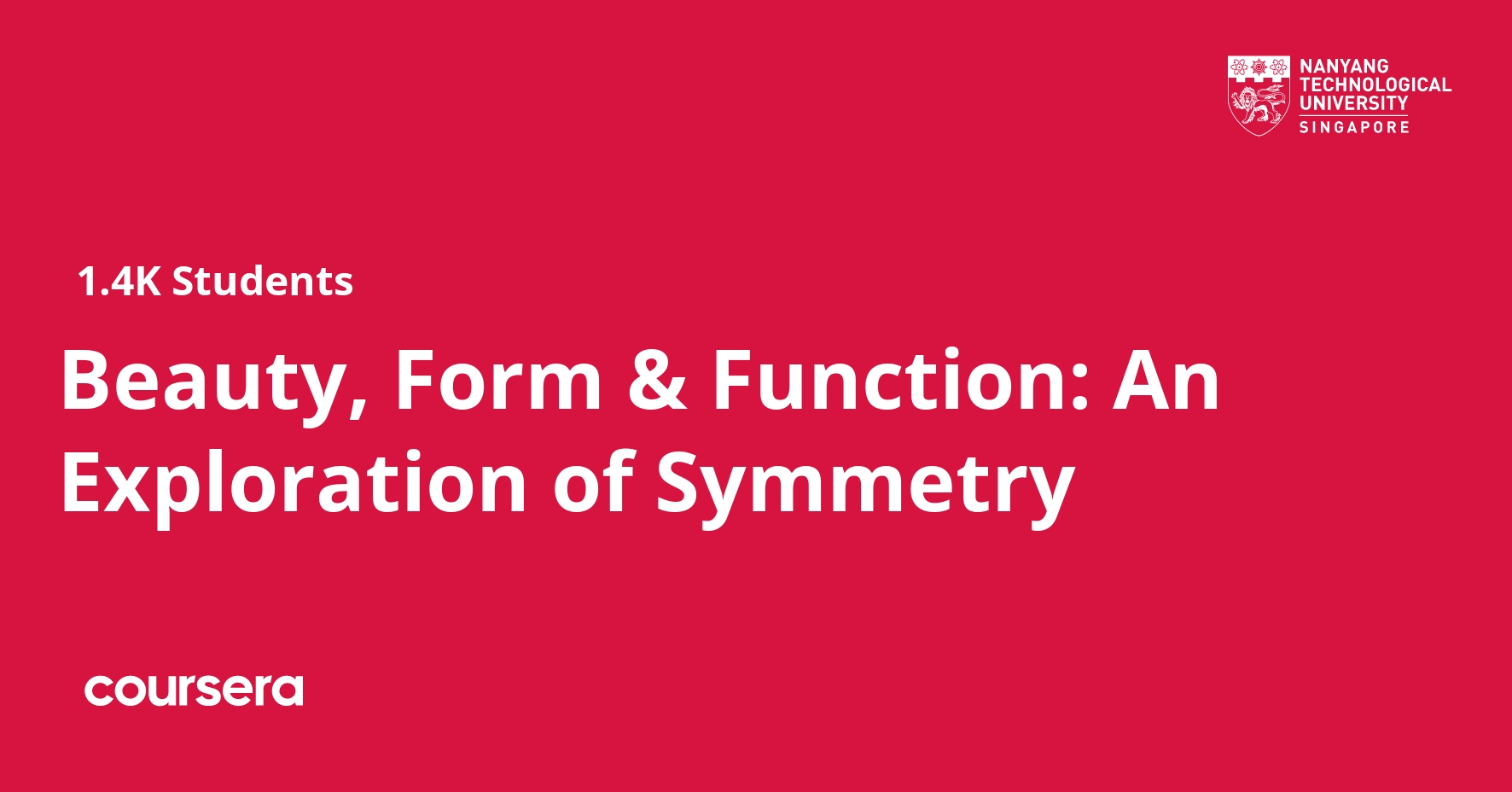Description
Symmetry is everywhere. In the grand scheme of things it is the blueprint by which the universe operates. We see symmetry in nature, art, architecture, science and engineering. This course explores the Beauty, Form and Function of Symmetry in common objects, then progresses to investigate tiling and tessellation, with the extension of these concepts to the atomic structure of crystals.
To amplify these ideas, you will undertake field-exercises and be introduced to specialists – botanists, artists, geomancers, historians, scientists and engineers – that work with symmetry, and who will provide their personal insights into its ‘magic’ and impact on their disciplines.
What you will learn
Concepts in Symmetry I
These lectures will refresh your intuitive appreciation of symmetry in common objects and introduce the mathematical and symbolic descriptors of point symmetry.
Concepts in Symmetry II
Some of the most beautiful examples of symmetry appear in flowers. These lectures use flowers as exemplars of the application of point symmetry to concisely describe the presence of mirror lines and rotation points.
Concepts in Symmetry III
The key concepts in plane symmetry are illustrated by examining tessellations in architecture. The important concept of the asymmetric unit is also introduced. The practical importance of symmetry is illustrated through a discussion of chirality and its impact on drug design and efficacy.
Concepts in Symmetry IV
The formal mathematical nomenclature of point symmetry is introduced, including the relationship between symmetrically linked objects.







